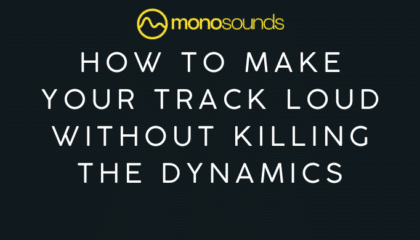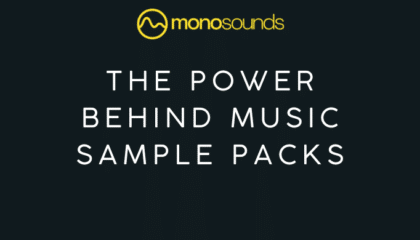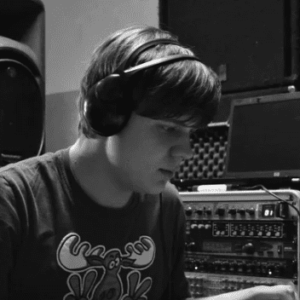
Title: Music Trends 2025: What’s Blowing Up on TikTok and…

So, you’ve been inspired by the insane soundscapes of Flume or the raw energy of Skrillex, and now you’re itching to create something that gives off the same vibe. But where do you start? Don’t worry—I’ve got you covered. Let’s break it down step by step so you can dive into the world of experimental electronic music like a pro (or at least like a passionate beginner).
Both Flume and Skrillex have redefined what electronic music can sound like. They’re not just producers—they’re sound explorers. Flume plays with textures and glitches like a painter throwing colors on canvas. Skrillex, on the other hand, turned dubstep into a cultural phenomenon.
Flume: Known for ambient textures, off-beat rhythms, and unconventional arrangements.
Skrillex: Heavy bass, aggressive drops, vocal chops, and a blend of genres from dubstep to trap.
This is your playground. Your canvas. The software where everything happens.
FL Studio – Great for beat-driven electronic music.
Ableton Live – A favorite of both Flume and Skrillex.
Logic Pro – Mac-exclusive but super powerful.
Cakewalk (Windows only) – A full-featured DAW for free.
Tracktion T7 – Also free, works on all major platforms.
Pick one and stick with it—you don’t need the fanciest tools to make killer music.
Okay, gear’s set. Time to learn how to use it.
Start by experimenting with synths like:
Serum – A powerhouse used by most modern producers.
Vital – A free wavetable synth with pro features.
Massive – Great for big, dirty basses and dubstep leads.
Even if your sounds are cool, they won’t hit right without structure. Study the intro, build-up, drop, breakdown, and outro.
Learn EQ (cut mud, boost highs)
Understand compression
Add reverb/delay for depth (Valhalla plugins)
Let’s take a peek at what shaped them.
Flume (Harley Streten) started with a production app that came in a cereal box. Today, he’s the king of warped, emotive electronic music.
Skrillex (Sonny Moore) came from a post-hardcore background, then pioneered modern dubstep with tracks like “Scary Monsters and Nice Sprites.”
This is where you really get into their headspace.
Flume: Uses Ableton Live and loves granular effects like Granulator II
Skrillex: Obsessed with Serum, FM8, and resampling in audio.
Think of a synth as your vocal cords—this is how you “speak” through sound. Learn synth basics here.
Layering + modulation + random automation = magic. Consider glitch plugins like:
Samples are puzzle pieces. The art is in how you put them together.
Flume: Field recordings, glitched percussion, vocal atmospheres
Skrillex: Voice chops, film FX, YouTube sounds
Splice – The go-to for high-quality sounds.
Loopcloud – Extensive sample library with cloud integration.
Freesound.org – For weird, organic stuff (just check the license!).
Now it’s time to actually make music.
Your first 20 tracks will probably suck. That’s normal. Make them anyway.
Upload to SoundCloud, share it, and get feedback. It’s where Flume started.
Want to really understand how they do it? Deconstruct their tracks.
Listen to one of their songs and identify the drums, bass, melodies, FX, and transitions. Rebuild them in your DAW.
Try to recreate a Skrillex drop from scratch. It forces you to understand every single element—from sound design to automation.
Copying is just the beginning. What comes next is what truly defines you.
Flip it. Twist it. Mix genres. Add your weirdness. That’s what turns you into the next Flume, not the second Flume.
Starting your journey to sound like Flume or Skrillex is exciting, chaotic, and yes—totally worth it. But remember, they didn’t become legends overnight. It took years of trial, error, passion, and creative madness.
You don’t need to reinvent the wheel from day one. Just keep rolling forward, learning, experimenting, and having fun with it. One day, someone might want to make music like you.
1. What DAW do Flume and Skrillex use?
Both mainly use Ableton Live with a stack of plugins like Serum, OTT, and more.
2. Do I need expensive gear to start?
Nope. A laptop, free DAW, and headphones are enough.
3. How long does it take to make music like them?
With daily practice, you can make something listenable in 6–12 months.
4. Is it okay to copy their style at first?
Yes, copying is learning—but move toward your own sound as you grow.
5. What if my music sounds bad?
Good. That means you’re pushing yourself. Keep going!

Title: Music Trends 2025: What’s Blowing Up on TikTok and…

Introduction Hey there, it’s Maxim Hetman — sound designer, mixing…

Title: Why Custom Serum Presets Beat Stock Sounds Every Time:…

So, you’ve been inspired by the insane soundscapes of Flume…
